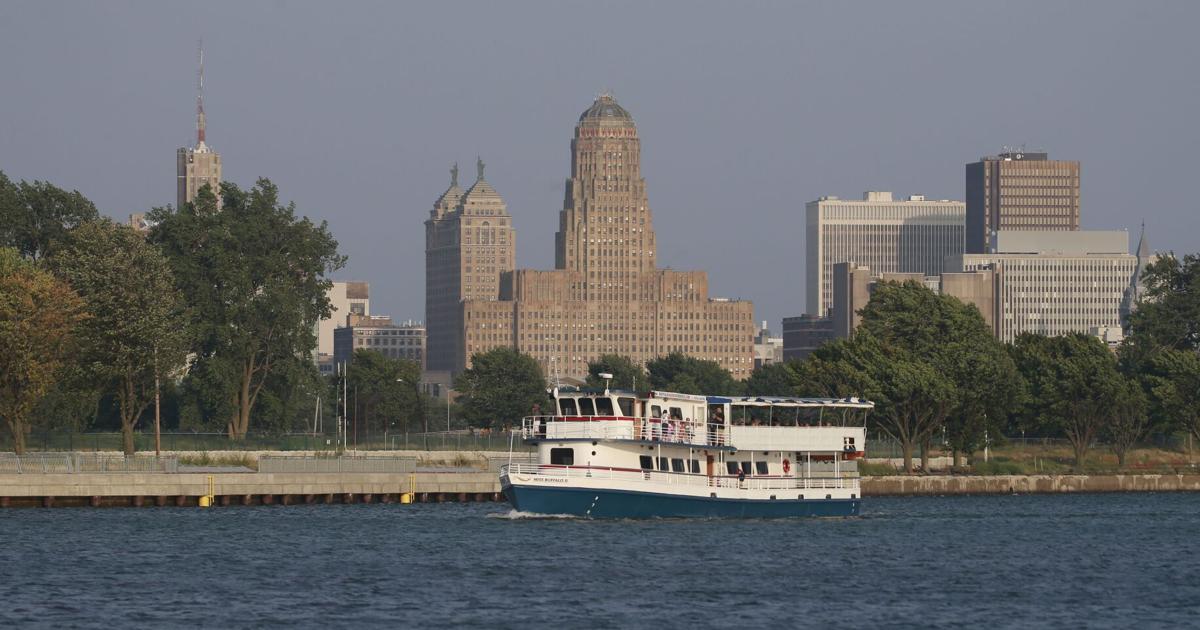The latest rankings are in, and New York State is either the absolute worst place in America, among the best places in the United States, or somewhere in between.
Which raises two obvious, and related, questions: How can the state’s rating vary so widely from one publication or think tank to the next? And how seriously do people and businesses making relocation decisions rely on such analyses?
“They look at it … but it all depends on what the writer is using for context and information,” said Thomas Kucharski, president and CEO of Invest Buffalo Niagara, the region’s business development organization, who notes that there is a big difference between “livability” and the ability to find skilled workers or supply chains.
“They are somewhat subjective in the way they look at things,” Kucharski said of such ratings.
The Cato Institute, for instance, doesn’t even call its analyses a ranking of the best places to live. Rather, it’s an Index of Personal and Economic Freedom.
With that focus, the libertarian think tank has put New York dead last every year since it started compiling its list in 2000. According to the institute – and lots of other critics – New York’s high taxes and spending levels earn the state its ignominious ranking.
Cato calls New York’s local and state taxes “crushing.” As an example, it cites a cigarette tax “so high as to be almost tantamount to prohibition.” That’s even though 12% of adults still manage to afford to smoke, according to the state Health Department, a figure right in line with the 11.5% national rate.
But, to the point about context, if you’re concerned about public health over the freedom to kill yourself and pollute the air, high tobacco taxes could be viewed as a positive, not a negative.
Living well is taxing
Similarly, high state and local taxes might not seem so bad if they pay for the services that create a higher standard of living – though I’m…
Read the full article here

Leave a Reply